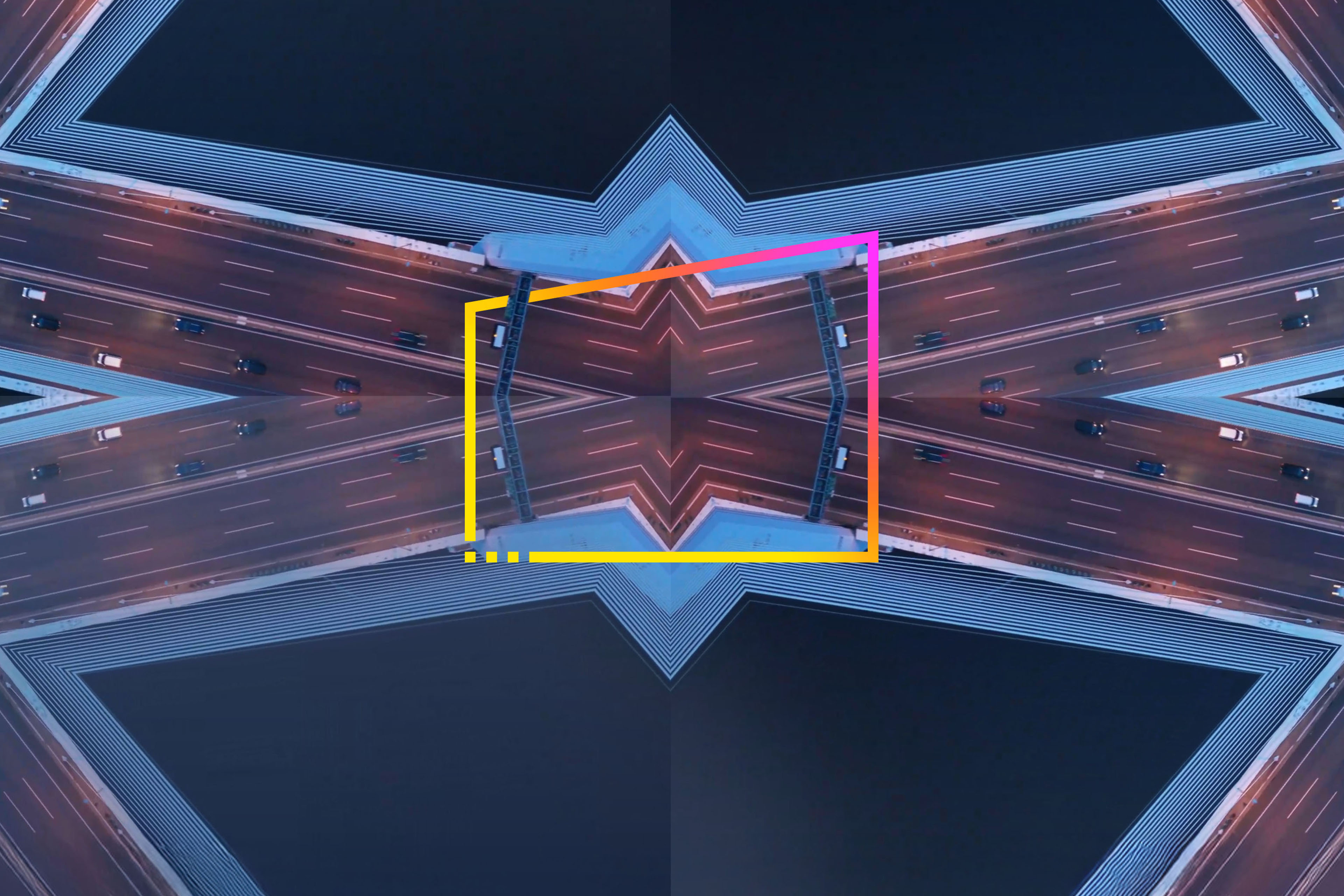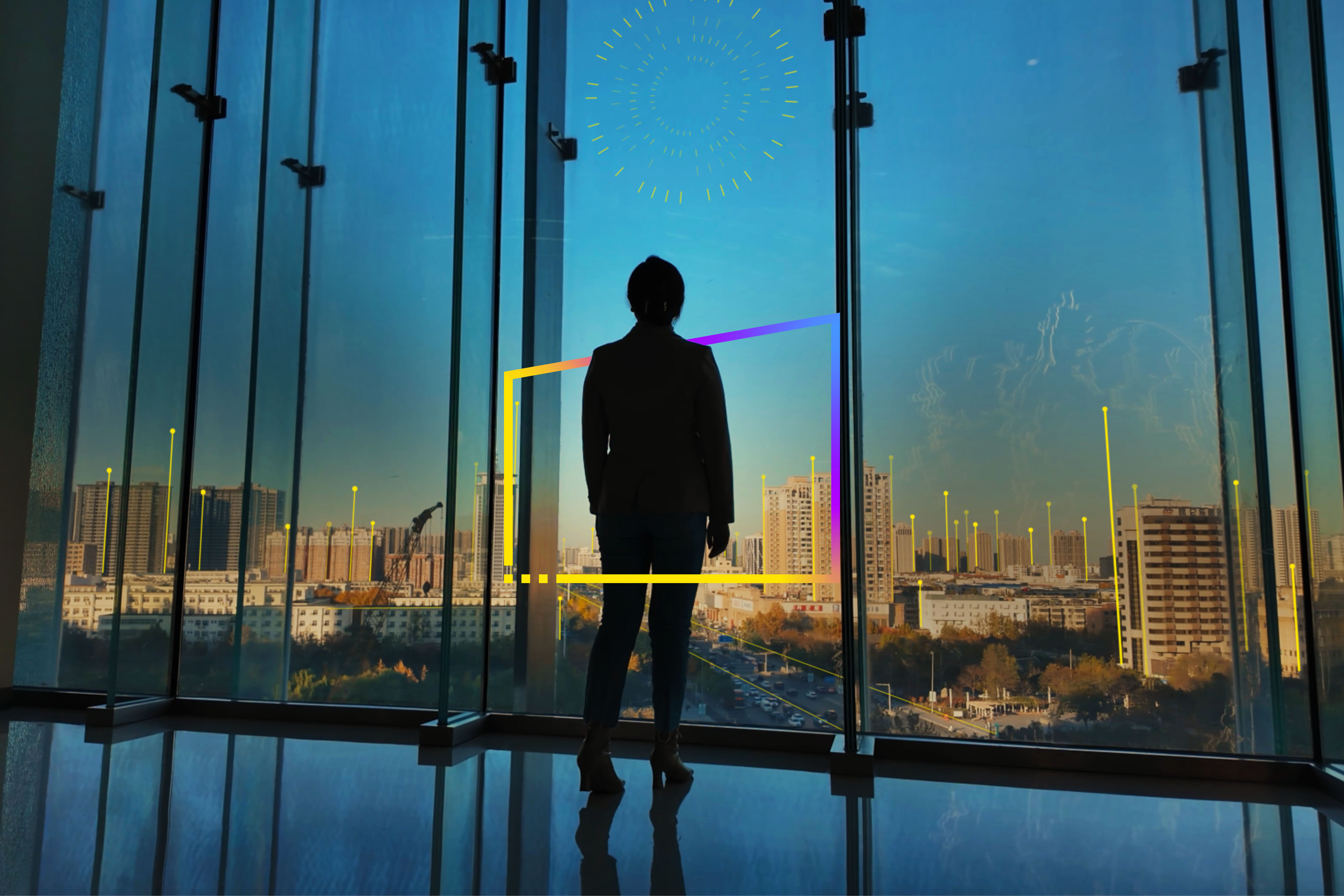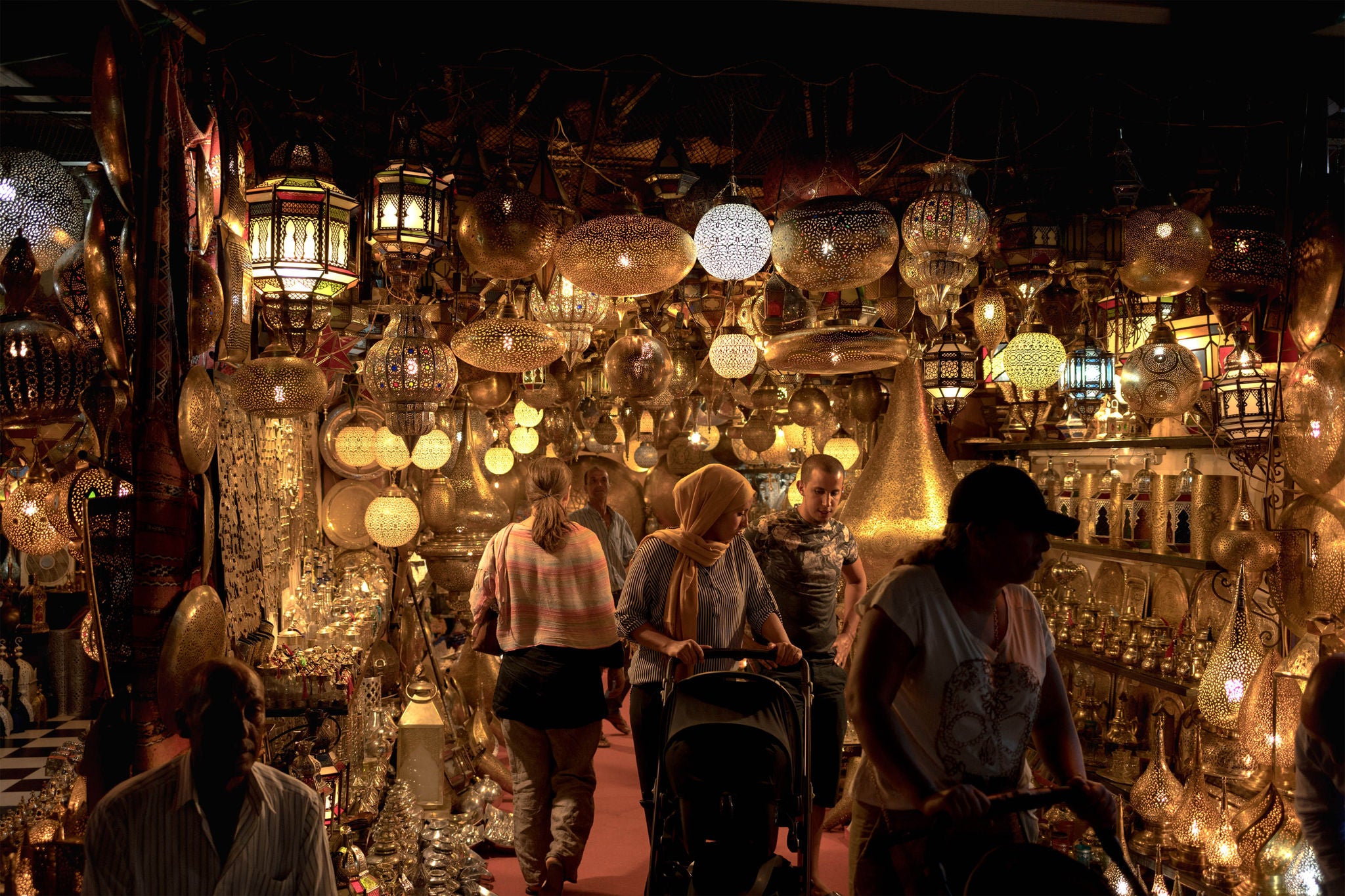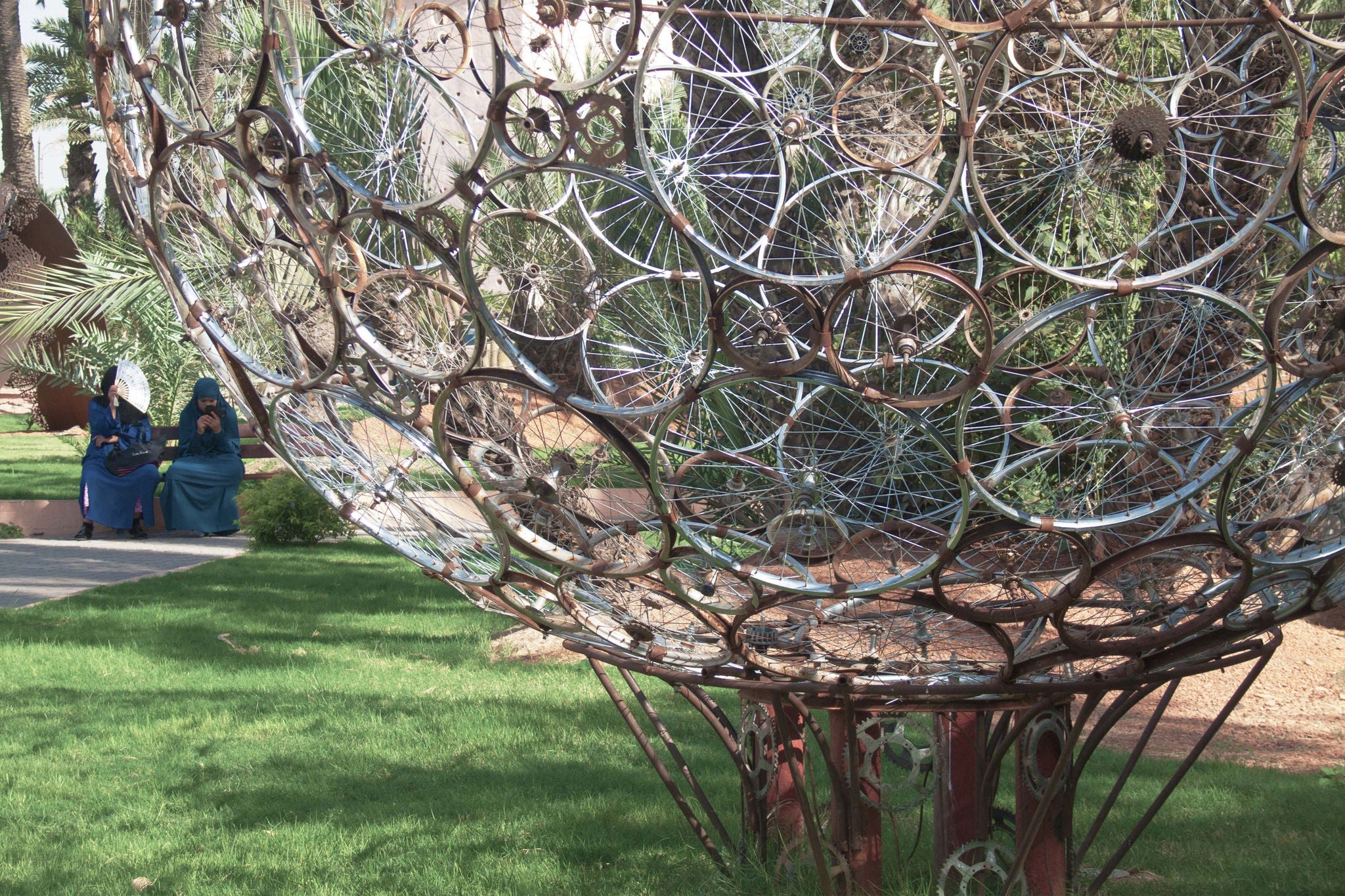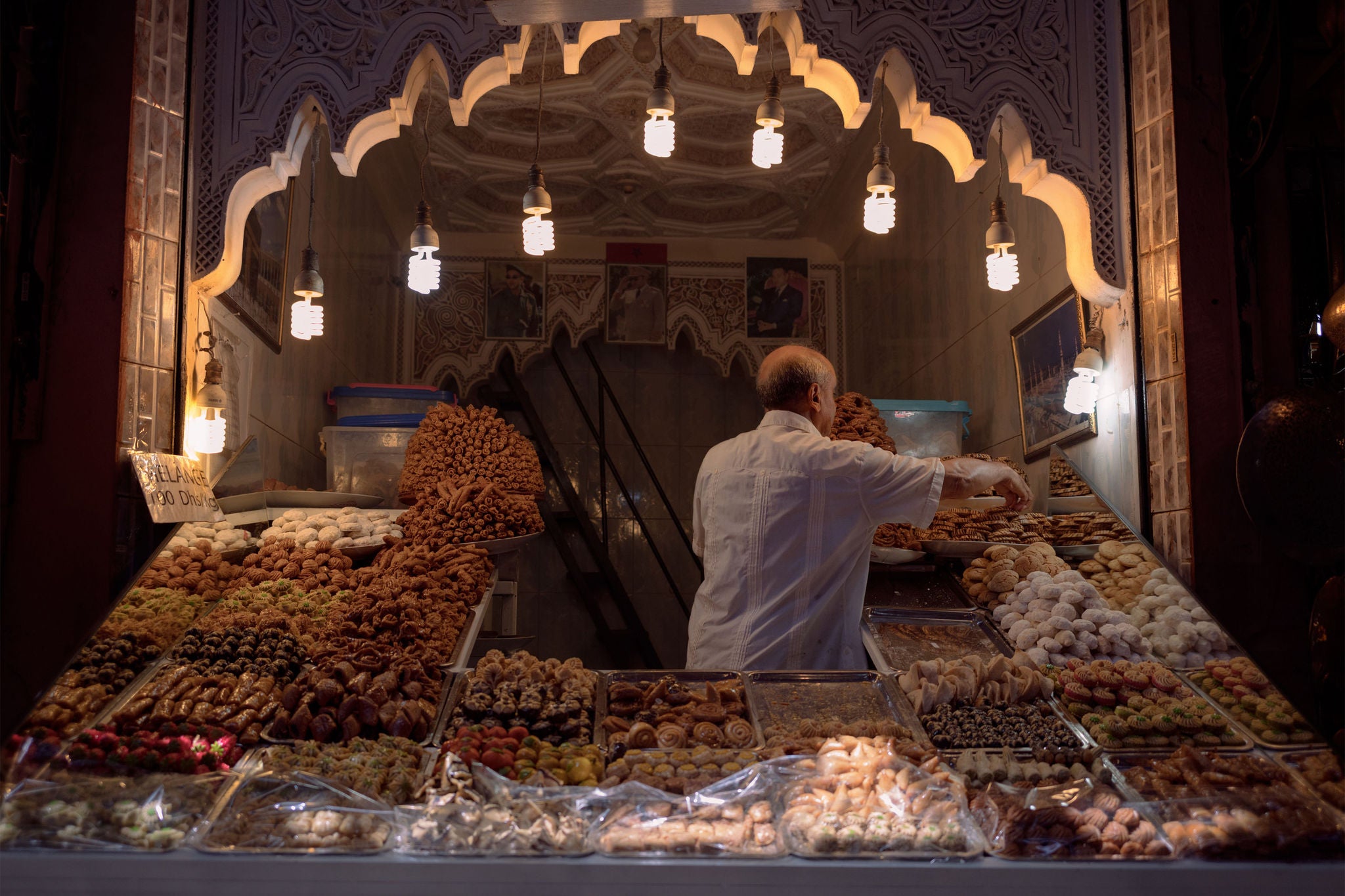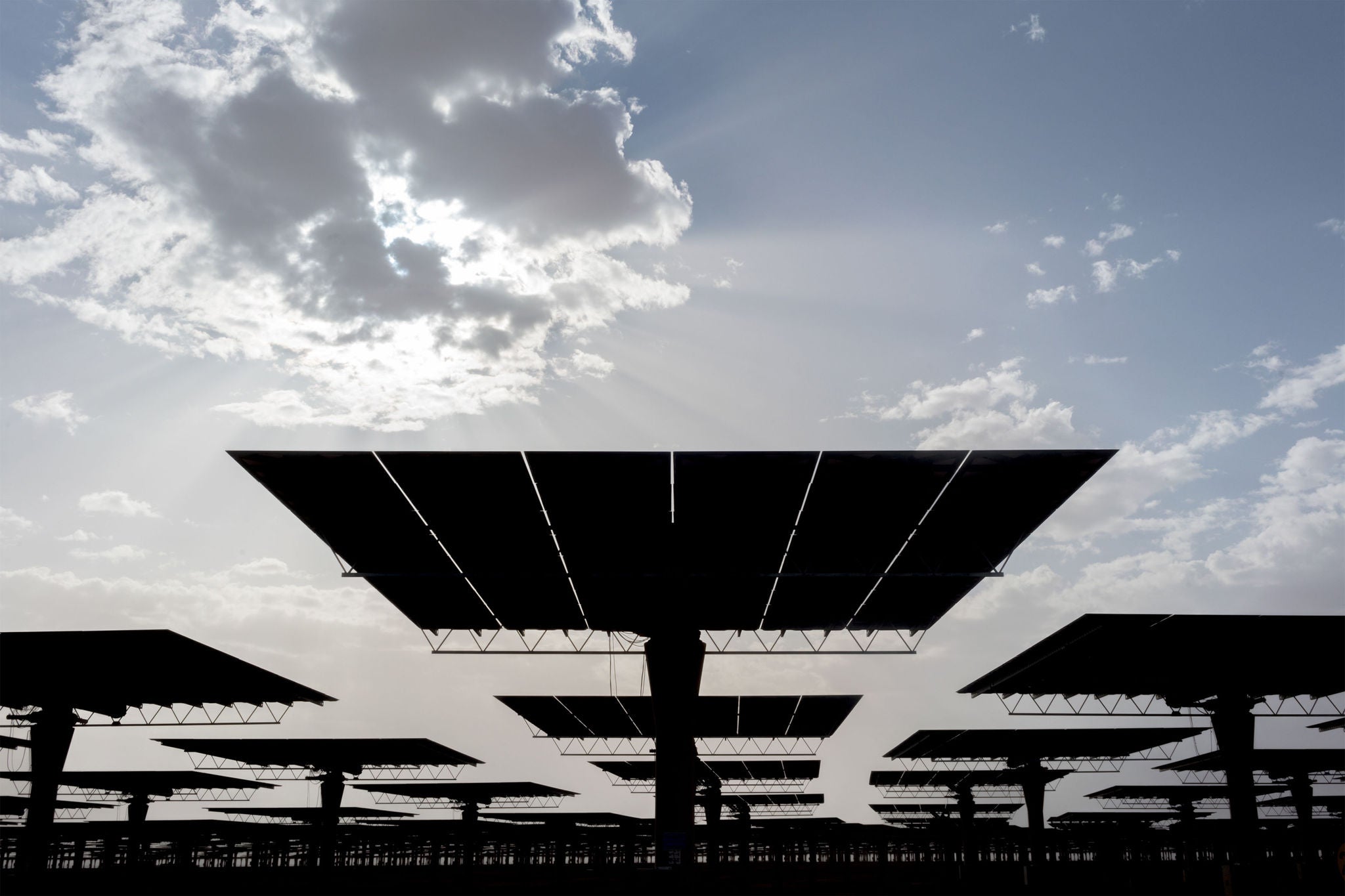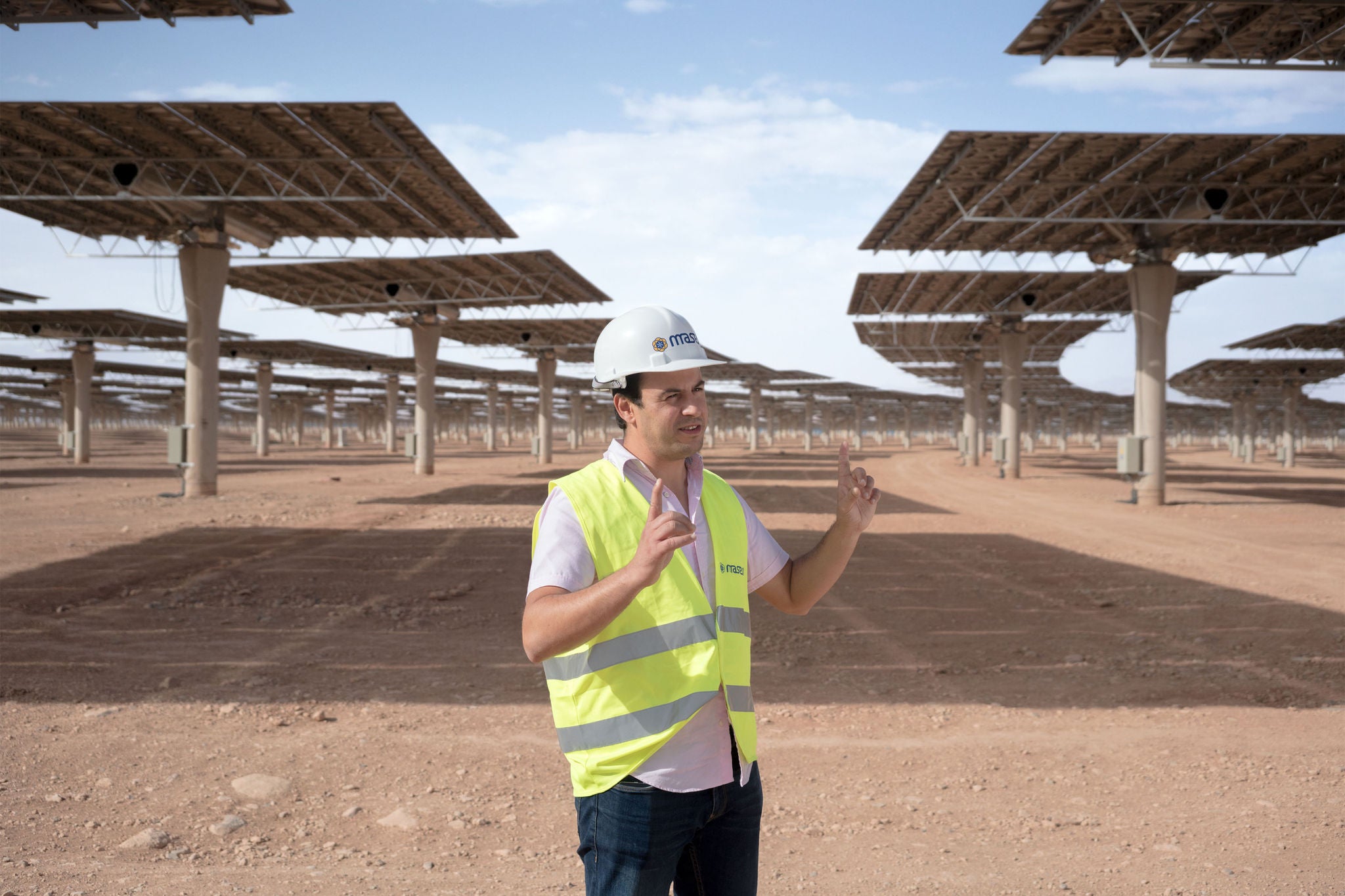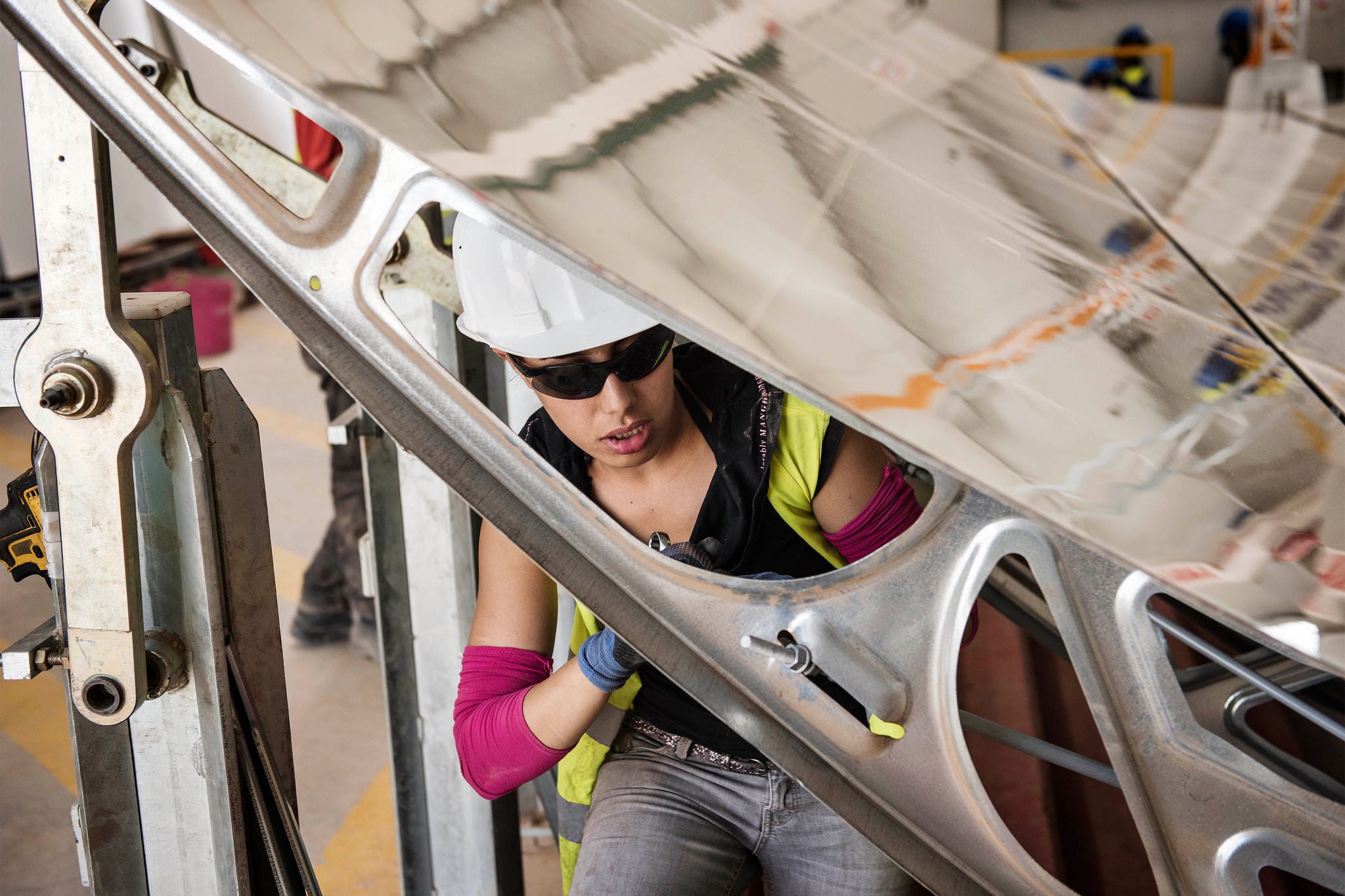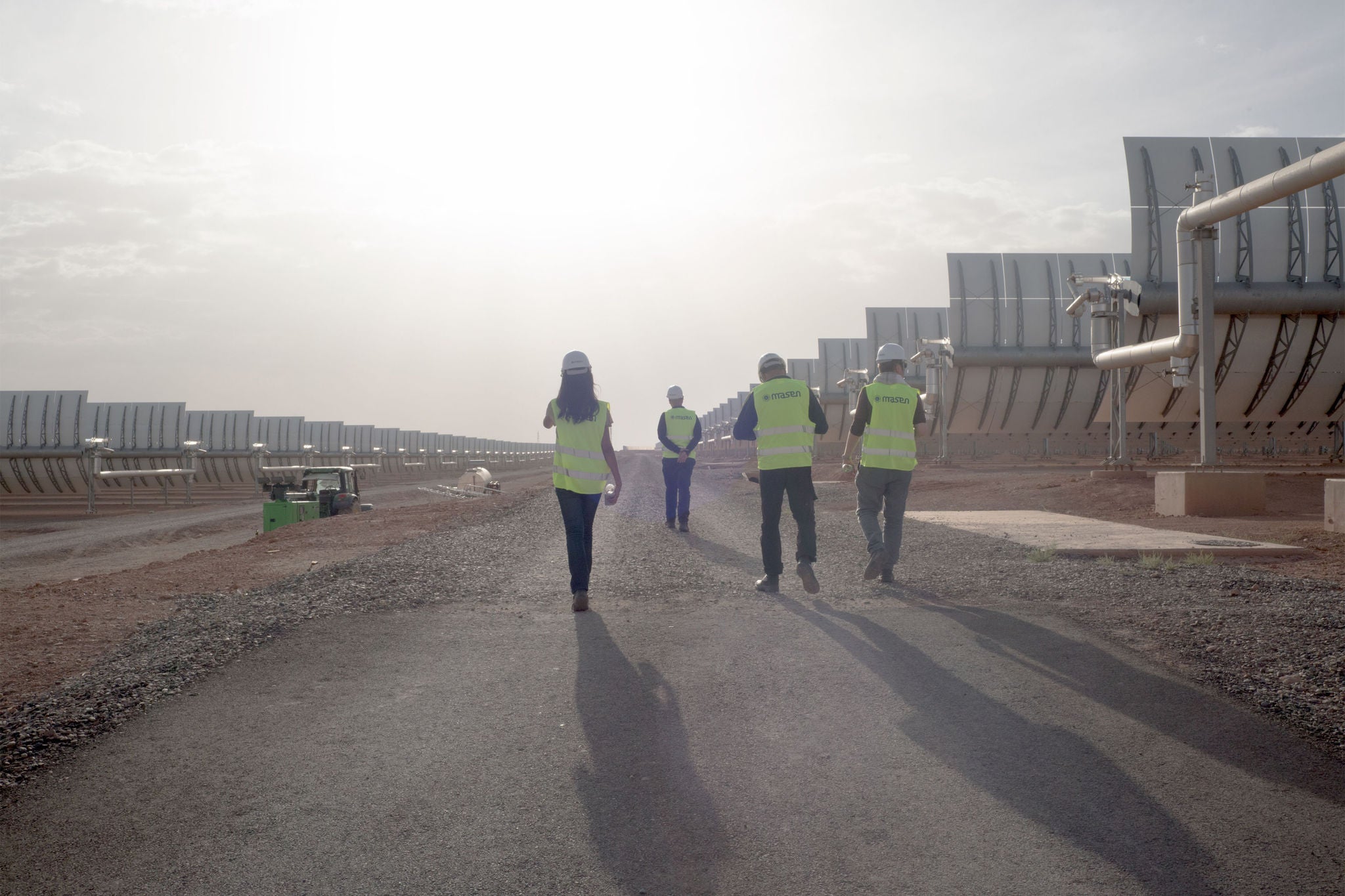“This project is very important for the people of Morocco,” says Tarik Bourquouquou. “A lot of families are benefitting from this work. Energy will become a more available and flexible resource for Morocco. This is a source of pride, I think, for everybody, both in Masen and for everyone involved in the projects.”
While Noor Ouarzazate II and Noor Ouarzazate III – the two biggest plants at the Noor Ouarzazate site – have yet to come online and start supplying energy to the Moroccan national electricity grid, their potential impact can be seen by looking around the country. Ten years ago, regular PV solar cells would have been too expensive for many ordinary people in Morocco to afford. But, due to investment in the technology around the world, the cost has fallen dramatically in recent years. The hope is that Noor Ouarzazate will prove the potential of CSP, leading to more investment and thus future falls in cost.
Expanding the reliability, availability and affordability of energy supplies in Morocco is fundamental to the country’s future economic growth. With many families still living in poverty — and a large population under the age of 30 looking for employment — laying the foundations of modern infrastructure is key. Here, electricity and internet connectivity are vital tools to enable options for overcoming other infrastructure challenges for communities in the most remote parts of the developing world.
A decade ago, PV solar cells were too expensive for a family like the Aït Mrims to afford. Thanks to rising investment in the technology, costs have come down, and photovoltaic solar has become both more cost-effective than coal and more affordable. This is already helping drive down energy costs for everyone from the main mosque in Marrakech to telecoms companies, as well as giving access to electricity in some of the most remote communities on earth.
“There's a continuous issue in major infrastructure projects about how much risk you can transfer, what is the price of that risk transfer, how real is it?” says Auton-Smith. For innovative infrastructure projects like Noor Ouarzazate, overcoming aversion to those risks is a significant challenge.
"The price of renewables used to be higher than conventional sources of energy, so one of the biggest challenges for Noor Ouarzazate is to get this price down so we can fight climate change," says Benchekroun.
Noor Ouarzazate is designed to prove that CSP plants can really work, and that heat-based solar can deliver reliable renewable energy even when the sun’s not shining. It’s intended to reduce energy costs to give an emerging economy a stronger foundation from which to grow. But, it’s also about using a major construction and engineering project to develop local skills at the same time as improving infrastructure — and sharing that knowledge with others from around the world who want to embark on similar projects in future.
All of this is why so many multilateral lenders wanted to be involved, and why so many organizations from around the world are taking such a great interest in Noor Ouarzazate’s success — something Masen and EY are keen to encourage.
Today, this technology may be expensive, but — thanks to projects like Noor Ouarzazate — in 10 years’ time, the world may be seeing a lot more of this kind of solar plant, reducing carbon emissions, boosting economies, helping communities and families, and driving inclusive growth.
Without collaboration, vision and partnerships — the vision of a king, the finances of multilateral lenders, the security of public oversight by Masen, and the delivery of a combination of foreign and domestic private contractors, aided by the services provided by our experienced team of consultants and risk managers — the project, which is due to start producing electricity in the summer of 2018, might never have got off the ground.
“The sheer diversity of our people involved and its global nature make this a shining example of the services EY provides to our clients,” says Auton-Smith.
The Noor Ouarzazate project demonstrates that some of the world’s biggest challenges can only truly be addressed through taking the big-picture view. As Amrane puts it, “this is not just an energy project; it is a project that, while certainly about energy, is also an environmental project and an industrial project — it is about how to produce, how to consume and how to do politics differently.”
It is exactly this kind of new thinking and collaboration in pursuit of a common goal between public and private sectors that we need if we are to build a better working world.
